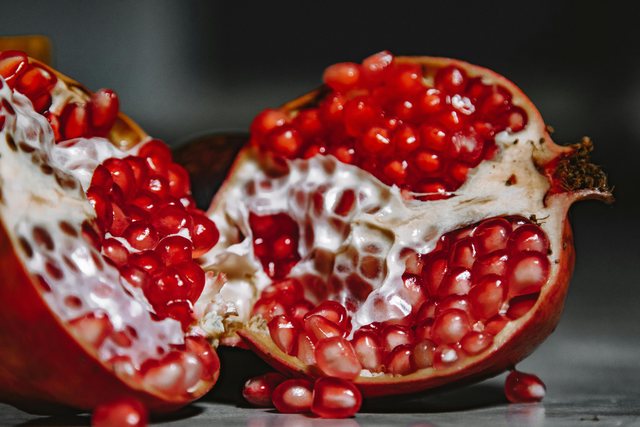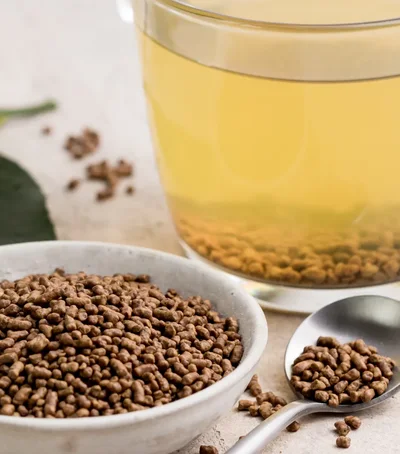
Rich in powerful antioxidants (such as punicalagins and ellagitannins), pomegranate is being confirmed as an ally for reducing inflammation and protecting blood circulation, improving vascular endothelial function and cardiometabolic factors.
How does it work?
Pomegranate polyphenols neutralize free radicals, inhibit inflammatory pathways such as NF-κB, and increase the bioavailability of nitric oxide (NO), helping to dilate blood vessels and reduce oxidative stress.
What do clinical studies say?
Meta-analyses show that regular consumption of pomegranate juice can reduce systolic and diastolic blood pressure, on average by about 7–8?mmHg for SBP in some studies—an effect of clinical importance in people with hypertension. Beyond blood pressure, controlled trials suggest reductions in inflammatory markers (e.g., CRP) and improvements in oxidative stress parameters, especially in the elderly.
How much and how to consume it
Most studies use 150–250 ml of pomegranate juice or standardized extracts per day for 4–12 weeks. In everyday practice, half to one whole pomegranate per day adds fiber and beneficial micronutrients.
Care and interactions
Pomegranate may enhance the effects of blood pressure lowering drugs or interact with medications metabolized by CYP3A4 (such as sildenafil). Consult your doctor if you are on such therapy.
How to include it in your diet
Drink 100% pure juice (no added sugar), add the berries to whole grain salads, yogurt, or baked fish. Consistent use, combined with physical activity and a balanced diet, makes pomegranate a small but powerful element for the heart.
Pomegranate is not a "magic cure," but part of a mosaic of strategies: Mediterranean diet, regular exercise, stress management, and periodic checkups. However, new evidence places it on the list of functional foods worth consuming regularly for cardiovascular health.
Photo Credits (ROMAN ODINTSOV):
https://www.pexels.com/photo/close-up-photo-of-pomegranate-fruit-4869085/




